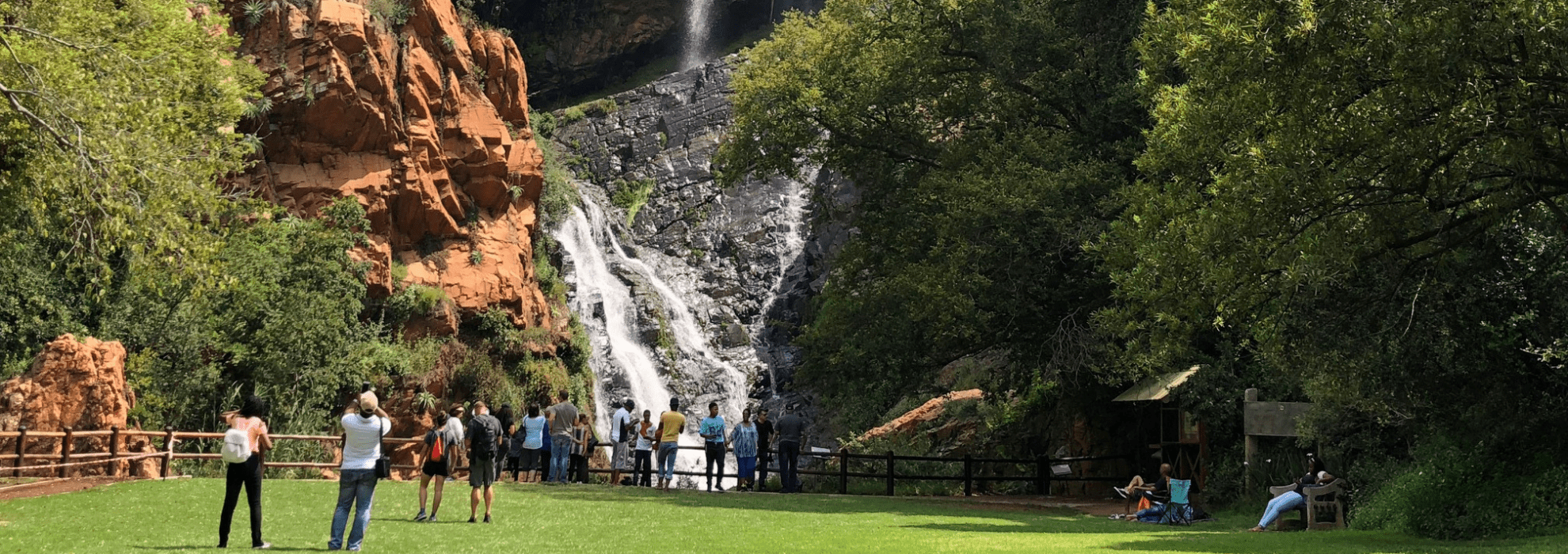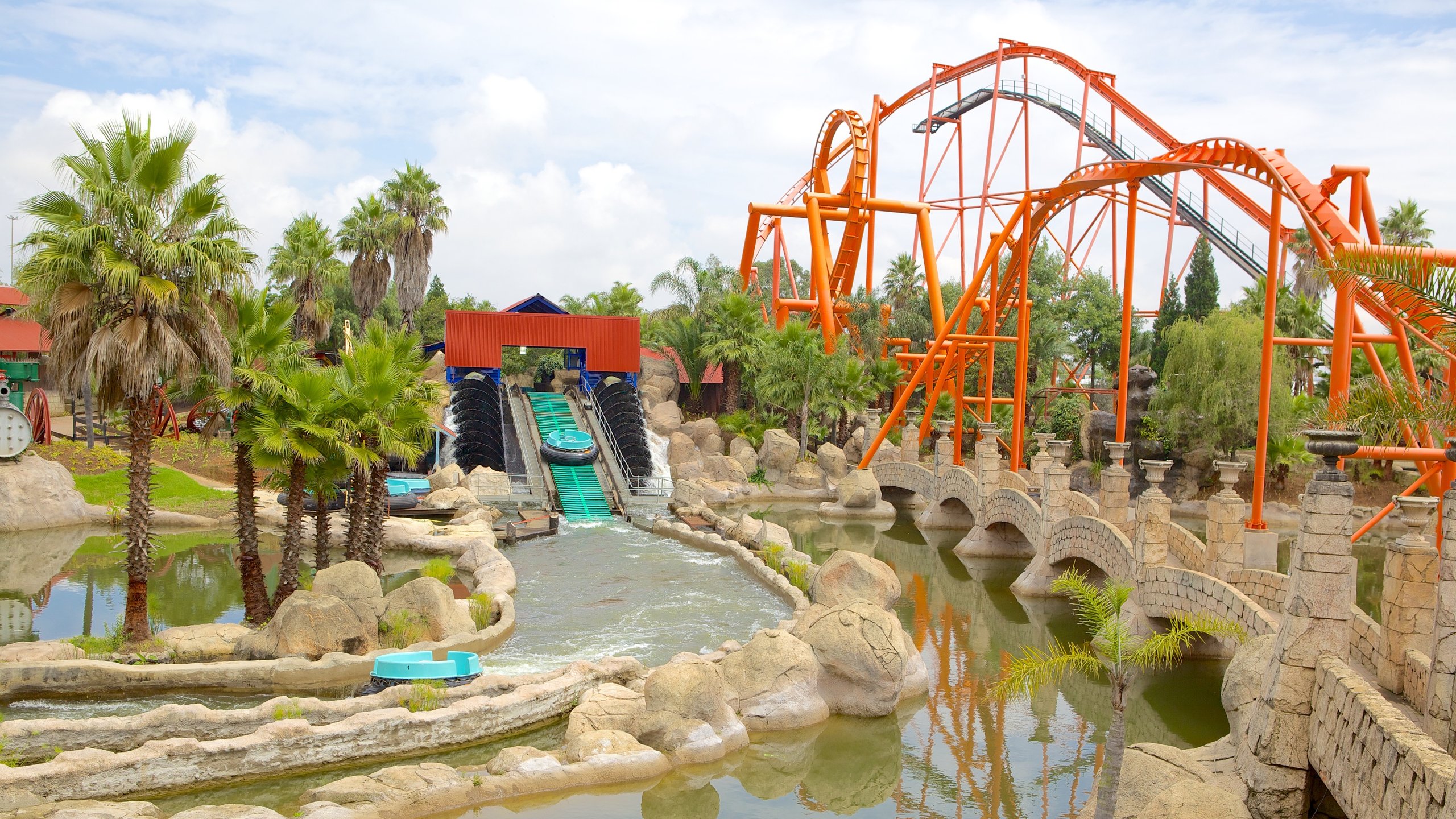Unknown Facts About Johannesburg North Attractions
Unknown Facts About Johannesburg North Attractions
Blog Article
The Of Johannesburg North Attractions
Table of ContentsThe smart Trick of Johannesburg North Attractions That Nobody is DiscussingHow Johannesburg North Attractions can Save You Time, Stress, and Money.Get This Report about Johannesburg North AttractionsThe Ultimate Guide To Johannesburg North AttractionsAll About Johannesburg North AttractionsThe 9-Minute Rule for Johannesburg North Attractions
The city owes its place to the presence of a much more precious resource: gold. The city grew on the edge of the Witwatersrand Key Coral reef, a below ground stratum of gold-bearing quartz-silica corporation that arcs for hundreds of miles under the Highveld. The majority of the gold mines in the city discontinued operation in the 1970s, but in its day the Witwatersrand gold industry accounted for more than 40 percent of the world's yearly gold manufacturing.Johannesburg has a warm climate. Summertime temperature levels average concerning 75 F (24 C); winter months temperature levels average concerning 55 F (13 C) and only occasionally dip below cold. The city takes pleasure in regarding 8 hours of sunlight daily in both winter months and summer. Rain averages about 28 inches (700 millimetres) per annum, but the complete varies substantially from year to year.
What rainfall the city receives drops almost exclusively in the summertime, typically in magnificent late-afternoon electric storms. Air air pollution poses a considerable problem, particularly in the winter season, when thermal inversions hinder the westward circulation of air from the Indian Ocean. Pollution is most serious in the largely settled Black areas on the city's periphery, where several locals still count on coal for gas.

The Definitive Guide for Johannesburg North Attractions
The balance of the city is inhabited by whites. Accommodation varies in personality and quality. Soweto is well-known for its countless rows of municipally developed, two-room matchbox homes, yet it additionally has a couple of thriving territories as well as brimming squatter camps, where 10s of thousands live without water, electricity, or cleanliness centers.
Physical growth, although somewhat restricted by transportation, proceeded quickly as immigration to South Africa, and Johannesburg in specific, enhanced significantly.
Most bad suburban areas were mixed, with poor blacks and whites living with each other, although the affluent suburbs were generally booked for whites.
The estimated populace of the region is 200,000, [] yet the number of individuals living in the internal city on a casual basis is unknown, as many are illegal aliens. The majority of higher-income locals and white individuals have relocated to the northern suburban areas and have actually been changed by lower-income black people. The joblessness, education and learning, and age profiles of the location are all unknown, because of the trouble of acquiring trustworthy information about the area.
Things about Johannesburg North Attractions
Centred on the CBD, the region includes the suburbs of Yeoville, Bellevue, Troyeville, Jeppestown, and Berea to the east. To the west it infects Pageview (Johannesburg North attractions) and Fordsburg. There are tiny enterprise zones to the south, such as City West-Denver and Benrose. Around 800,000 commuters travel through the inner city every day, and it operates as a local shopping node for site visitors from the southern suburban areas. Yeoville and Bellevue have a mix of house buildings and solitary domestic units on tiny great deals. The area is located on a hilly divide that runs from eastern to west.

Johannesburg Arena, a training ground for both the Golden Lions and Orlando Pirates, is nearby. The eastern residential areas of Johannesburg lie in the city's 7th [] and 9th [] regions. The area is also functionally integrated with East Rand border communities outside of the main boundary of Johannesburg, such as Bedfordview and Edenvale (both part of Ekurhuleni Metropolitan Community).
Some Known Facts About Johannesburg North Attractions.
R. Tambo International Airport Terminal). The eastern residential areas are a few of the oldest locations of Johannesburg, there are big neighborhoods of Jewish and other European histories, most of the population is English talking. There are three fairway in addition to a variety of secured ridges with viewsites. There are numerous strong and up-market entertainment and buying locations in the eastern such as the Eastgate Mall and the Greenstone shopping center.
The area is mainly composed of old "matchbox" residences, or four-room houses constructed by the government, that were built to give low-cost accommodation for black employees throughout apartheid. Soweto is an acronym, meaning "South Western Townships". Road after road around is lined with matchboxes; however, there are a couple of smaller areas where thriving Sowetans have actually constructed houses that are a lot more similar in stature with those in more affluent residential areas.
Hostels are one more noticeable physical feature of Soweto. Originally built to house male migrant workers, lots of have been boosted as dwellings for couples and family members. The N1 Western Bypass skirts the eastern border of have a peek at this site Soweto. The suburban area was not traditionally permitted to develop employment centres within the area, so nearly all of its residents are commuters to various other components of the city.
What Does Johannesburg North Attractions Mean?
The N1 Western Bypass links the north residential areas with the north-western suburbs. The suburbs in the north residential areas are primarily formal, without any considerable areas of casual real estate, or real estate that lacks a permanent structure. This is a recognized area, there is a trend of land use change from residential to commercial, especially along major arterial roads and around well-known nodes.
Roadways to the east and west are less well established, as there are no highways taking a trip in that instructions. click over here now Towards the northern boundary of the city, the thickness of growth decreases, leaving big locations of primitive land around Midrand.
More About Johannesburg North Attractions
, which is located on a hillside forgeting the internal city and Hillbrow.
Report this page